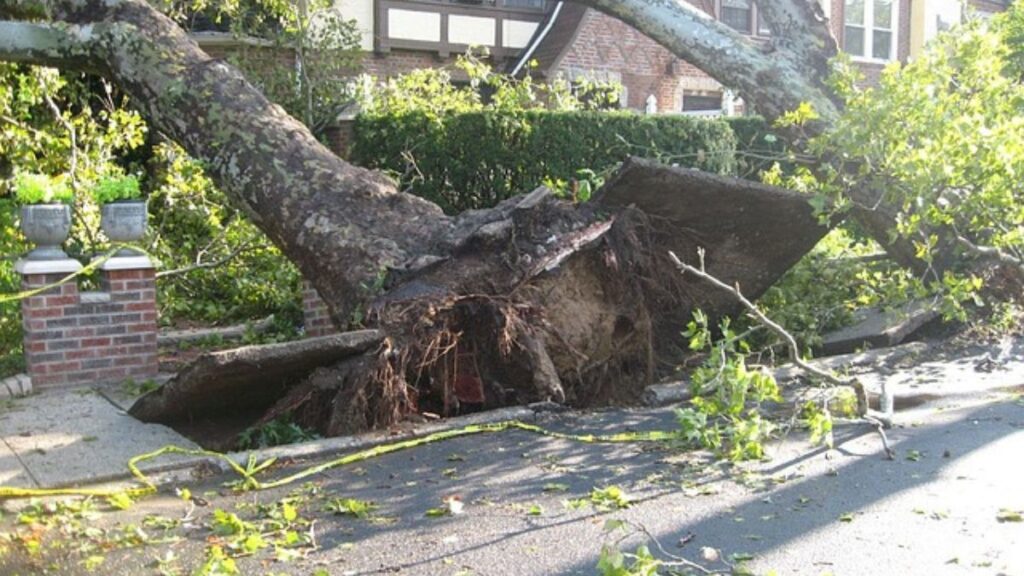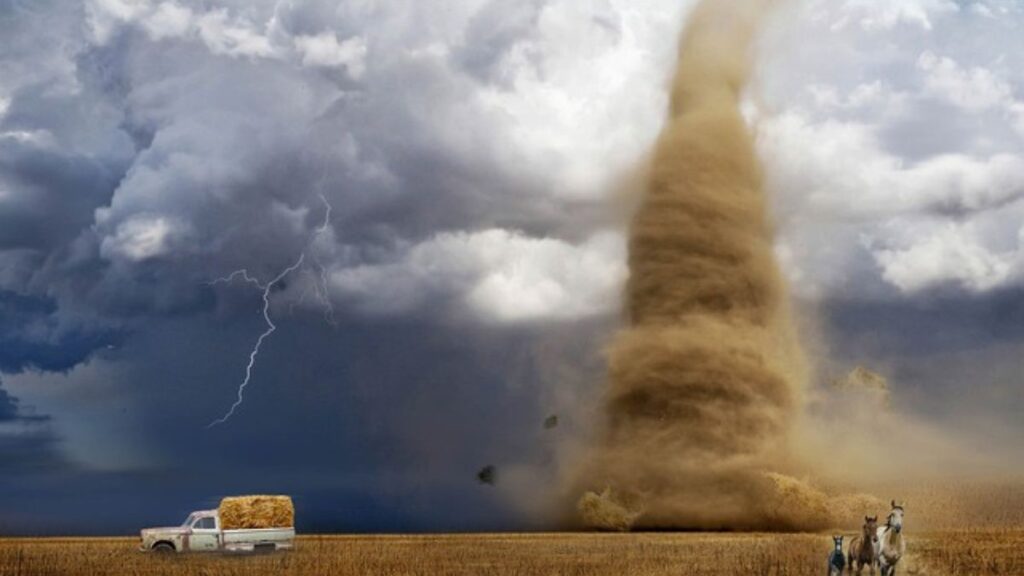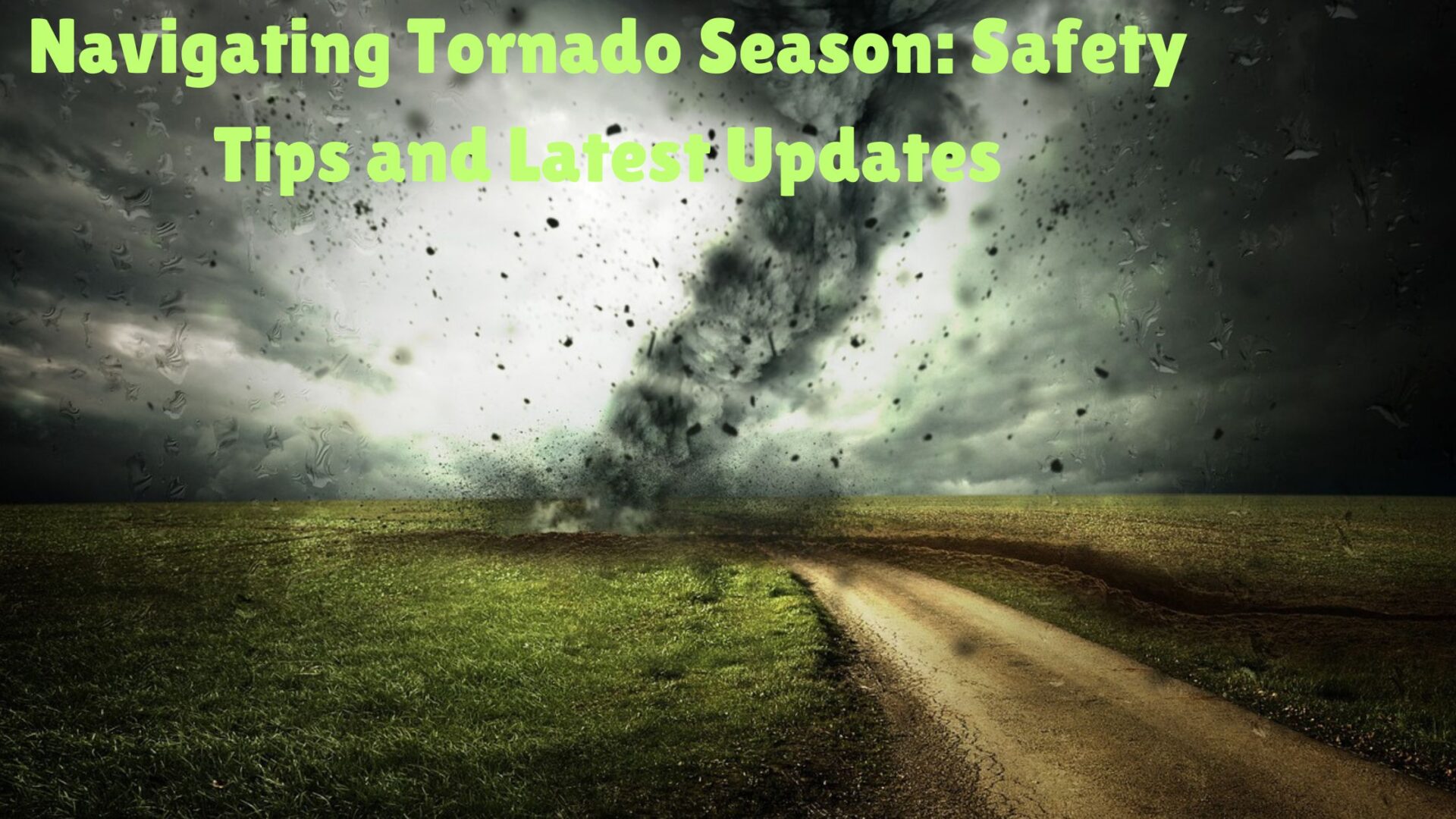Introduction:-
Navigating Tornado Season: Safety Tips and Latest Updates

Tornadoes, one of nature’s most formidable and unpredictable occurrences, possess the capacity to cause catastrophic damage and pose grave threats to lives and assets. Particularly during tornado season, comprehending how to prepare for and respond to these violent storms is vital. This guide aims to equip individuals with crucial safety measures and up-to-date information, empowering them to navigate tornado events effectively.
Tornado Season Preparedness Guide:
1. Craft a Family Emergency Plan:
- Designate a safe room or area, such as a basement or interior ground-floor room with no windows.
- Ensure every household member knows and regularly practices the plan.
2. Assemble a Comprehensive Emergency Kit:
- Incorporate essentials like water, non-perishable food, illumination tools, batteries, a first aid kit, necessary medications, and crucial documents.
- Consider the requirements of all family members, including pets.
3. Stay Informed and Vigilant:
- Subscribe to reliable emergency alerts and weather updates from sources like the National Weather Service (NWS) or local news channels.
- Utilize weather apps and NOAA Weather Radio for real-time alerts.
Tornado Safety Guide
1. Heed Warnings and Watches:
- Stay informed about weather forecasts and warnings.
- A tornado watch indicates conditions are favorable for tornadoes; be prepared to take action.
- A tornado warning means a tornado has been spotted or is indicated by weather radar; seek shelter immediately.
2. Seek Shelter:
- In a home, go to a pre-designated safe room. If there’s no basement, choose a small, windowless interior room or hallway on the lowest level.
- Outside, seek shelter in a sturdy building. If none is available, lie flat in a low-lying area and cover your head.
3. Protect Yourself:
- Use mattresses, heavy blankets, or a helmet to protect your head and neck from flying debris.
- Stay away from windows and cover yourself with anything that provides additional protection, such as a heavy table or workbench.
Handling Aftermath of a Tornado:
1. Stay Vigilant:
- Continue monitoring weather updates and keep yourself informed about potential subsequent storms or threats.
2. Assessing Injuries:
- Provide medical assistance to anyone injured and seek appropriate medical attention as necessary.
3. Safety-First Damage Assessment:
- Exercise caution while surveying your home and surroundings due to hazards such as fallen power lines, broken glass, and other potential dangers.
- Refrain from entering buildings that have sustained severe damage until they have been inspected by professionals.
Staying Informed About Tornado Warnings and Updates:

- NOAA Weather Radio:
- Nationwide network broadcasting weather information and alerts directly from the nearest National Weather Service (NWS) office.
- Purchase a radio, program it to your area, and keep it on or within reach, especially during severe weather.
- Smartphone Alerts:
- Wireless Emergency Alerts (WEA): Automatic emergency messages sent directly to your mobile device from authorized authorities.
- Ensure your phone’s emergency alert settings are enabled.
- Weather Apps: Download a reliable app, enable notifications, and customize alert settings for tornado warnings and updates.
- Social Media and Websites:
- National Weather Service (NWS): Follow NWS social media accounts for real-time updates and alerts.
- Weather Websites: Regularly check reputable sites like Weather.com and AccuWeather.com for detailed information, forecasts, and maps.
- Local News:
- TV and Radio: Tune into local news channels for live updates and coverage during severe weather events.
- Keep a battery-operated radio for updates during power outages.
- Community Alert Systems:
- Emergency Alert Systems (EAS): Community-specific systems sending warnings through sirens, phone calls, texts, and emails.
- Sign up for local emergency alert systems through your city or county’s emergency management office.
- Friends and Family Network:
- Word of Mouth: Stay in touch with loved ones, especially during severe weather seasons, and have a communication plan.
Tips for Staying Informed:
- Rely on multiple sources to ensure you receive alerts.
- Ensure you have a way to receive alerts during power outages (battery-operated devices).
- Keep your devices charged and regularly check for updates during severe weather forecasts.
By combining these methods, you can stay well-informed about tornado warnings and updates, helping to safeguard your well-being and that of your loved ones.
2024 Tornado Predictions and Trends
The 2024 tornado season is anticipated to be highly active, continuing patterns observed in recent years. Several critical factors are influencing the year’s tornado activity:
- Geographical Shifts: While the traditional Tornado Alley, stretching from northern Texas to South Dakota, remains tornado-prone, a notable eastward shift is evident. Regions near or east of the Mississippi River, such as the Corn Belt and as far east as Ohio, are experiencing an increase in tornado activity.
- Climatic Influences: The transition from El Niño to La Niña is expected to impact tornado activity. This shift generally results in increased tornado activity in the Plains states, while areas like Dixie Alley in the South Central U.S. may experience less severe tornadic activity compared to previous years.
- Seasonal Variability: There’s a long-term trend of more tornadoes occurring during cooler months, particularly in the Southeast. While the number of tornado days is decreasing, those days that do have tornadoes are seeing more outbreaks, meaning multiple tornadoes can form on the same day.
- Technological Advancements: Improved weather prediction models and advancements in radar technology are enhancing our ability to forecast and respond to tornadoes more effectively. These advancements should help mitigate some of the risks associated with these severe weather events.
Overall, while there is an increased likelihood of tornadoes in certain regions, preparedness remains crucial. Residents in tornado-prone areas are advised to stay informed through reliable weather updates and have emergency plans in place to ensure safety during severe weather events.
How to Tornado-Proof Your Home
To tornado-proof your home, a combination of structural reinforcements and preparedness measures are necessary to protect against high winds and flying debris. Here are some steps you can take to increase your home’s resistance to tornadoes:

Structural Reinforcements
- Secure the Roof:
- Install hurricane clips or straps to firmly attach the roof to the walls, minimizing the risk of it being lifted off.
- Use impact-resistant roofing materials for added protection.
- Reinforce Doors and Windows:
- Install impact-resistant doors and windows.
- Cover windows with shutters or plywood during tornado warnings.
- Reinforce garage doors with bracing kits for increased stability.
- Strengthen Walls:
- Utilize reinforced concrete, steel, or high-strength materials for walls, particularly in new constructions.
- Retrofit existing walls with additional bracing and reinforcements.
- Secure Foundations:
- Anchor the home firmly to its foundation using anchor bolts or steel straps.
- Ensure the foundation is robust and in good condition to withstand uplift and lateral forces.
- Install a Safe Room:
- Build a storm shelter or safe room specifically designed to endure extreme winds and debris impacts.
- Consider placing it in a basement, garage, or as a separate structure.
- Refer to FEMA guidelines to construct safe rooms that meet the required safety standards.
Exterior Preparations for Tornado Safety:
- Hazard Removal:
- Trim trees and remove dead or unstable branches to prevent them from becoming projectiles.
- Secure outdoor furniture, grills, and loose items that could be picked up by strong winds.
- Landscaping for Safety:
- Implement wind-resistant landscaping techniques by strategically planting trees and shrubs to break wind and reduce debris.
Emergency Preparedness for Tornadoes:
- Tornado Plan Development:
- Create a detailed family emergency plan outlining where to seek shelter and what actions to take during a tornado.
- Identify the safest place in your home, typically a basement or an interior room without windows on the lowest floor.
- Emergency Kit Preparation:
- Assemble an emergency kit equipped with essentials such as water, non-perishable food, a flashlight, batteries, a first aid kit, medications, important documents, and sturdy shoes.
- Stay Informed:
- Regularly monitor a NOAA weather radio or a reliable source of weather information.
- Register for local emergency alerts to receive notifications about potential tornadoes.
- Practice Drills:
- Conduct regular tornado drills with your household members to ensure everyone knows the plan, designated shelter location, and necessary actions to take in the event of a tornado.
Insurance and Documentation for Tornado Preparedness:
- Review Insurance Coverage:
- Confirm adequate coverage for wind and tornado damage.
- Consider additional coverage for valuable items or detached structures.
- Property Documentation:
- Maintain an up-to-date inventory of belongings with photos and descriptions for insurance claims.
By implementing these insurance and documentation strategies, you can enhance your home’s resilience to tornadoes and ensure your family’s protection.
Conclusion
In the unpredictable realm of tornadoes, safeguarding yourself and your loved ones is paramount. By staying informed, devising a plan, and prioritizing safety during tornado season, you can navigate these turbulent times with greater confidence.
References
- National Weather Service. “Tornado Safety.” Weather.gov.
- Ready.gov. “Tornadoes.” Ready.gov.
- American Red Cross. “Tornado Safety Tips.” Redcross.org.
- AccuWeather. “How to Stay Safe During a Tornado.” AccuWeather.com.








